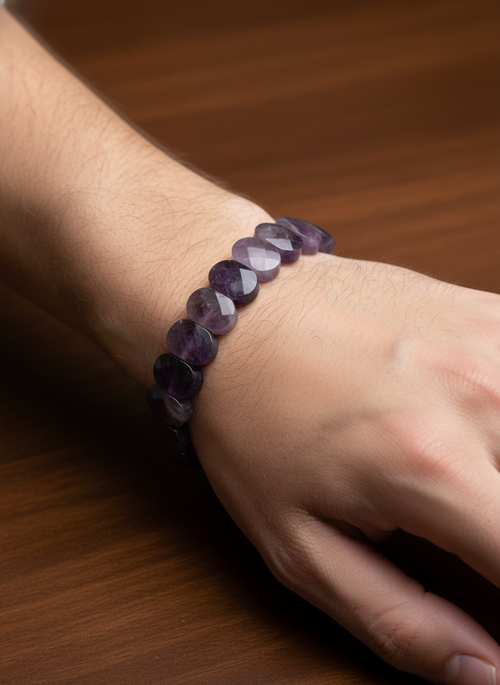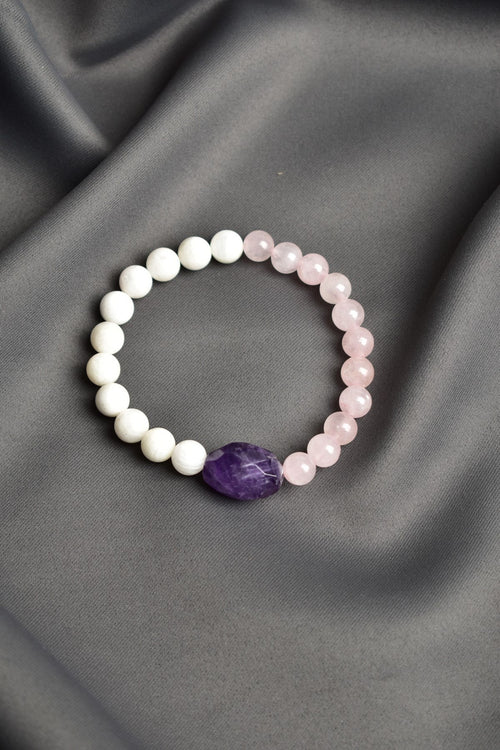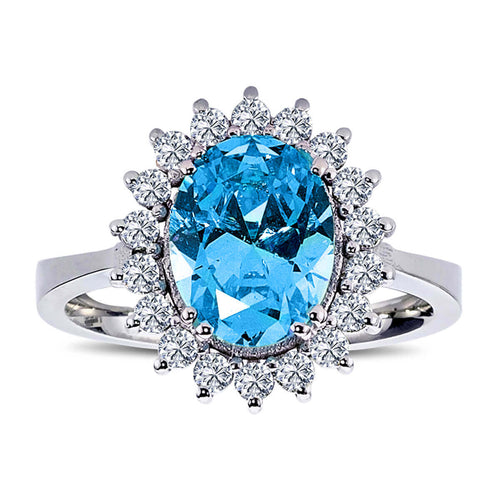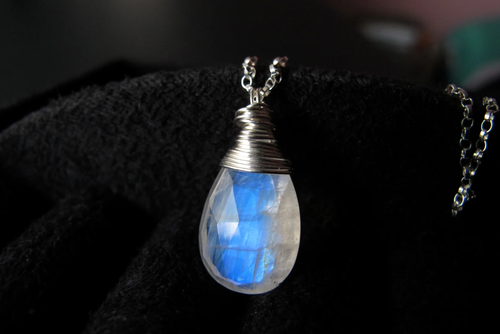ALL PRODUCTS IGSL INTERNATIONAL CERTIFIED
Some natural stones are among the most prone to counterfeiting due to their value and popularity. Fake stones are often made by dyeing or processing synthetic stones, glass, plastic or low-quality stones that are created in a lab. Here are the most prone to counterfeiting:
1. Diamond
- Why Are They a Victim of Counterfeiting?: Diamonds are frequently targeted for counterfeiting because of their high value. Synthetic diamonds can be confused with lab-created imitations like moissanite and cubic zirconia.
- How to Fake: Synthetic diamonds are cut and polished to look like natural diamonds. Additionally, stones like cubic zirconia and moissanite can be made to look like diamonds.
2. Sapphire
- Why Are They a Victim of Counterfeiting?: Sapphires, especially blue sapphires, are one of the most popular gemstones. Counterfeiting is often done by selling synthetic sapphires or lower quality stones as sapphires.
- How to Counterfeit: Synthetic sapphires are much less expensive than natural sapphires, and the stones can be increased in value through color enhancement techniques.
3. Emerald
- Why Are They a Victim of Counterfeiting?: Emeralds are frequently counterfeited due to their rarity and value. Synthetic emeralds or dyed stones can be sold as natural emeralds.
- How to Counterfeit: Emerald-colored glass or synthetic stones can be sold as emeralds. Also, lower-quality emeralds can be made more attractive by oiling or filling treatments.
4. Amethyst
- Why It's a Victim of Counterfeiting: Amethyst is a popular variety of quartz, and dyed or heated quartz is often sold as amethyst.
- How to Fake: Colorless or low-quality quartz can be turned amethyst by heating or dyeing.
5. Opal
- Why It's a Fake Victim: Opal is a gemstone that is often imitated for its unique play of color and brilliance. Fake opals are usually made of glass or plastic.
- How to Fake: Plastic or glass imitation opals are made to look like natural opal. Additionally, doublet or triplet opals can be made to look like real opal.
6. Turquoise
- Why It's a Victim of Counterfeiting: Turquoise is a popular gemstone and is frequently counterfeited as dyed howlite or magnesite stones.
- How to Counterfeit: Low quality stones are dyed to a turquoise color and sold as turquoise.
7. Amber
- Why It's a Victim of Fraud: Amber is composed of fossilized resin and may contain prehistoric fossils. Synthetic amber or plastic may be sold as real amber.
- How to Fake: Plastic or glass can be used to imitate amber. Additionally, polymerized resins can be made to look like real amber.
8. Jade
- Why It's a Victim of Counterfeiting: Jade is a highly prized stone, especially in China. Lower-quality stones can be dyed or infused to look like real jade.
- How to Fake: Dyed, filled or stabilized stones can be sold as jade. Green glass or plastic can also be passed off as jade.
9. Lapis Lazuli
- Why Is It a Victim of Counterfeiting?: Lapis lazuli is known for its intense blue color. Fake lapis lazuli can be made with dyed stones or synthetic materials.
- How to Fake It: Dyed howlite or other lower quality stones are used to make them look like lapis lazuli.
10. Agate
- Why Is It a Victim of Counterfeiting?: Agate is a popular semi-precious stone that can be found in a variety of colors. Fake agate can be made by dyeing low-quality stones.
- How to Fake: Low-quality agate stones that lack natural colors are made more attractive by dyeing them.
11. Morganite
- Why Is It a Victim of Counterfeiting?: Morganite is a popular pink gemstone that is often counterfeited. Synthetic morganite or dyed stones may be sold as natural morganite.
- How to Counterfeit: Rose quartz or other inferior stones may be passed off as morganite.
Ways to Avoid Fraud
- Request a Certificate: When purchasing a stone, request a certificate from a reputable laboratory. This will help you verify the authenticity of the stone.
- Shop from Trusted Sellers: You can reduce your risk of buying fake stones by shopping from trusted and reputed jewelry stores or natural stone dealers.
- Compare Prices: Very low priced stones can often be fake. Knowing the average market price of a stone can help you avoid fakes.
- Professional Inspection: If you are in doubt about the authenticity of a stone, have it inspected by a gemologist or professional expert.
Among the stones where counterfeiting is common are especially precious stones and popular semi-precious stones. Having the right information and shopping from reliable sources are the best ways to protect yourself from fake stones.



























